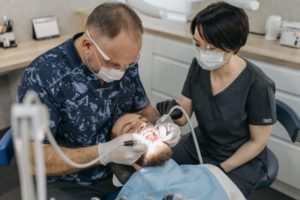
Job outlook and salary expectations for dental assistants in Alberta
If you’re considering a career as a dental assistant in Alberta, one of the most important questions is: what’s the job outlook and what can I expect to earn? In this post, we’ll dive into the data-driven facts about employment demand, wage levels, and the factors that affect your earning potential in the province of Alberta.
- Current Employment Snapshot in Alberta
According to the Alberta Labour and Immigration Services (ALIS) profile for dental assistants (NOC 33100.01) in Alberta:
- Approximately 5,500 workers are employed in this occupation in the province. alis Alberta
- The 3-year forecast (2024-26) labels job market conditions as “Hot”, meaning demand is relatively strong in the short term. alis Alberta
- However, the 5-year forecast (2021-25) indicates only 1.8% annual growth with about 97 new positions expected annually. alis Alberta
So, while the immediate short-term demand is healthy, long-term growth is modest. Employment opportunities will rely considerably on replacement (retirements, turnover) rather than large expansion of the field.
- Salary & Wage Data for Alberta
What might you earn as a dental assistant in Alberta? The latest wage survey data show:
- Average hourly wage: $31.83/hr. alis Alberta
- Average annual salary (based on full-time equivalent) in Alberta: $52,431. alis Alberta
- Hourly wage ranges:
- Entry / 5th percentile: approx $19.00/hr alis Alberta
- Overall average: approx $27.00 – $36.49/hr, with top pay reaching near $42.00/hr for the 95th percentile. alis Alberta
Therefore, a realistic starting wage for a newly-qualified dental assistant may fall in the low to mid $20s per hour, with potential for mid-$30s or even low-$40s per hour for experienced practitioners or specialized roles.
- What Drives Variation in Salary & Demand
Several factors will affect how much you can earn and how easily you’ll find work in Alberta:
- Geographic location: Rural vs urban clinics, remote vs major centre – wages and vacancy rates may vary.
- Certification & credentialing: In Alberta, working as a registered dental assistant (RDA) with the College of Alberta Dental Assistants (CADA) and passing the National Dental Assisting Examining Board (NDAEB) exam enhances credentialing. Indeed+1
- Scope of practice / specialization: Dental assistants who are trained in additional modules (orthodontic assistance, prosthodontic module, taking X-rays, etc) often have expanded duties and potentially higher pay. alis Alberta+1
- Years of experience & employment status: Full-time vs part-time, year-round employment vs seasonal; those with more experience may command higher wages.
- Clinic size & type: Larger dental clinics or specialist practices may pay more than small private practices; public or community health roles may differ.
- Job market conditions: Despite a “hot” short-term forecast, overall growth is modest; thus competition may still be present. Indeed notes that Alberta prospects are “moderate” compared to other provinces. Indeed
- What These Numbers Mean for You
Putting this together into practical terms:
- As a newly graduated dental assistant in Alberta, you should plan for an hourly wage somewhere in the $20–25/hr range depending on location and employer.
- With experience, credentialing, and perhaps specialization, moving into the $30+/hr range is realistic. Some top roles could approach the low $40s.
- Since growth is modest (1.8% annual in 5 years), fresh graduates may need to stand out: strong training, relevant certifications, good communication and technical skills will help.
- The “hot” short-term forecast means that job opportunities exist now – so entering the field sooner rather than later may be advantageous.
- Because a large share of openings come from replacement (retirements, turnover) rather than expansion, skill-set and employer relationships will matter for securing the better positions.
- Outlook: What to Expect in the Coming Years
- Short-term (next 2-3 years): demand remains good. ALIS labels job market as “Hot” for 2024-26. alis Alberta
- Medium-term (5 years): slower growth, meaning fewer brand-new positions; job seekers should be realistic about competition and rely on turnover openings.
- Long-term: as populations age, dentistry continues to evolve and preventive care remains important; these factors support steady demand (though not explosive growth).
- For those willing to upskill (e.g., specialty assisting, administrative leadership, teaching), there may be advancement opportunities beyond entry-level assisting.
- Summary & Recommendations for Students
If you’re considering enrolling in a program such as the Columbia College Dental Assistant Professional Diploma in Alberta:
- Focus on obtaining your credentials (e.g., passing the NDAEB if required, registering with CADA).
- Seek programs with strong employment-support services. Being job-ready helps in a modest-growth market.
- Consider developing extra skills beyond basic chair-side assistance (such as radiography, sterilization leadership, reception/insurance coordination), which may improve your earning potential.
- Be open to flexible schedules, including evenings/weekends, as many practices may require them.
- Target your job search with attention to clinic size, location and specialization-level. Smaller clinics may offer entry roles; larger or specialty clinics may pay more.
Closing Thought
A career as a dental assistant in Alberta offers solid earning potential and meaningful work in the health-care space. With average salaries around $52,000 per year and hourly wages in the low to mid-$30s (for many), it’s a competitive choice. The job market is healthy in the short term, though long-term growth is modest making your credentials, skills, and employment-readiness key differentiators. If you act strategically, the field can offer both stability and a good standard of living.




